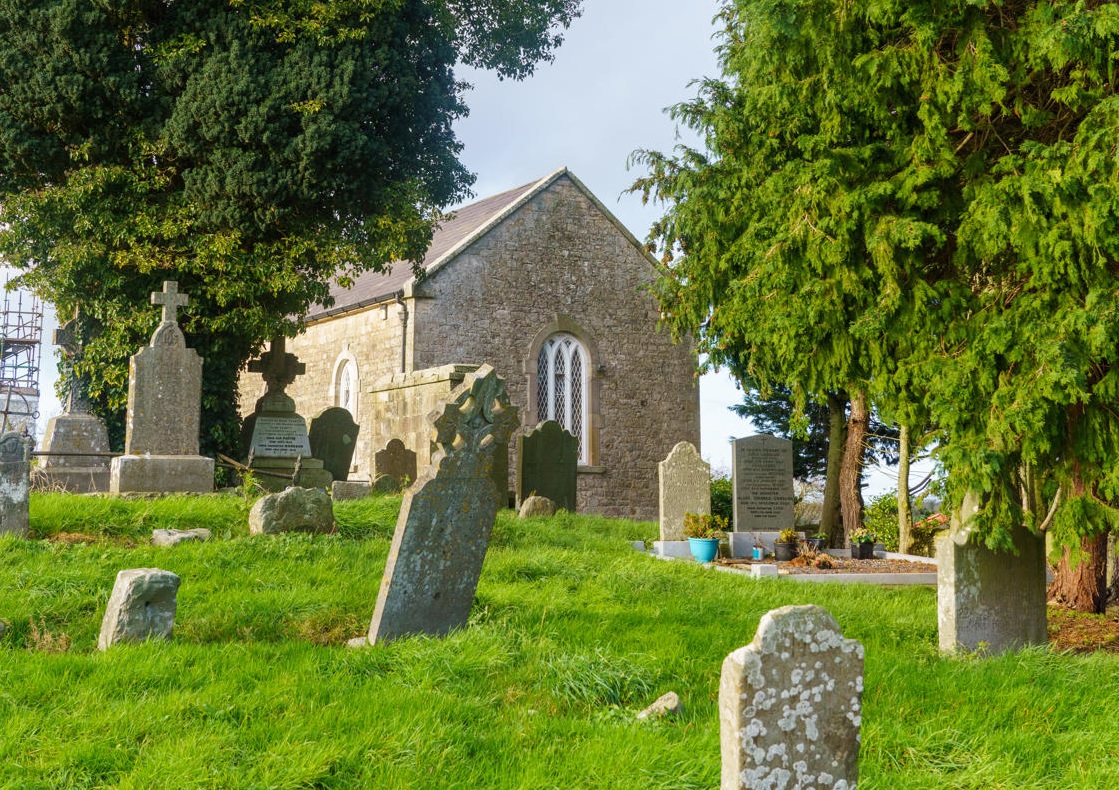Nobber
(Nobber mediveal church ruin and modern Church of Ireland church, now George Eogan Cultural and Heritage Centre: Photo, Henry Cruise)
Nobber: from the prehsitoric to the present day
The town of Nobber and its surrounds is an ancient settlement that can trace its roots back to Mesolithic Ireland, c.6,000 BC. The name Nobber come from the Irish word “an Obair” ('the work'), which refers to the Norman motte at the north end of the village.




